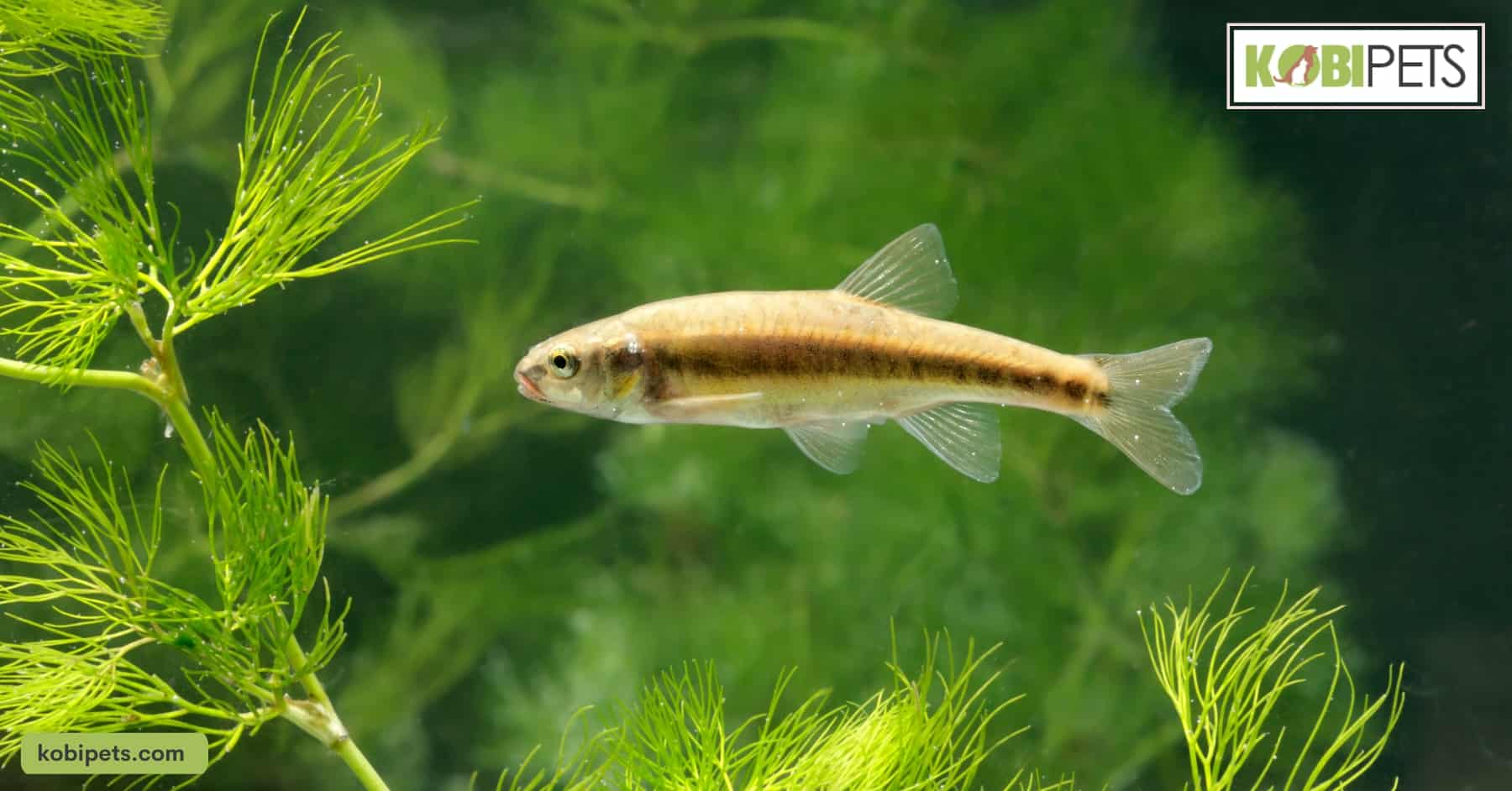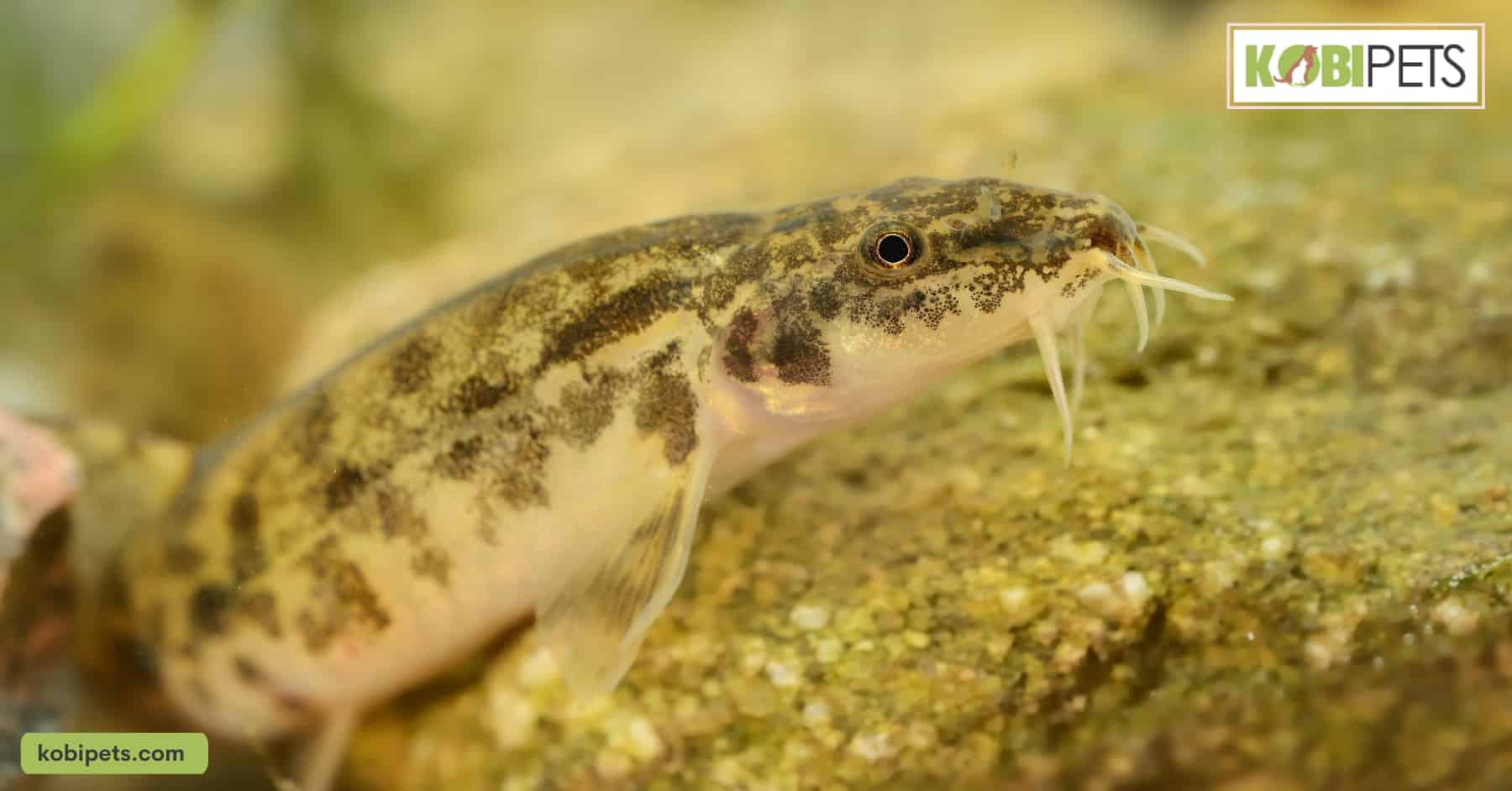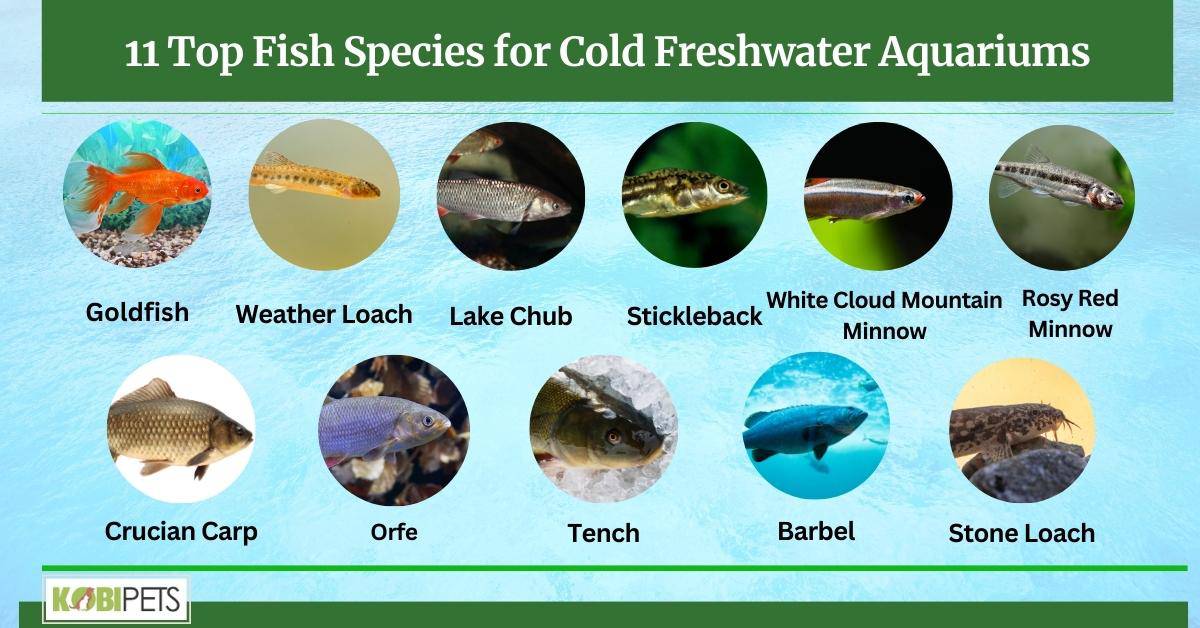
Adding fish to your cold freshwater aquarium can bring beauty and life to the tank. When deciding on the best species of fish for your coldwater aquarium, it is important to consider factors like compatibility, size, and availability. To help you find the perfect fish for your aquarium, here are 11 of the top coldwater fish species to consider.
From goldfish and Weather Loaches to Stone Loaches and Barbel, learn more about these beautiful coldwater companions and how to provide them with the best home possible. With this guide, you can bring life and color to your coldwater aquarium in no time!
1. Goldfish
Goldfish are a popular coldwater fish species for aquariums and make colorful and interesting additions to a tank. Whether you’re looking for Comets, Shubunkins, Orandas, or Lionheads, they all have similar care requirements due to their temperature needs.
Environment
Goldfish should be kept in water that ranges from mid-50°F to mid-70°F. Goldfish can grow quite large, so it is important to have a tank that is large enough for them to swim and grow comfortably. Adult goldfish should be kept in tanks that are at least 30 gallons and have a good filtration system.
Food
Goldfish are omnivores and require a balanced diet that includes a mix of both plant and animal-based foods. They will eat flakes, pellets, and frozen or live food, but it’s important to provide a variety of food to ensure a balanced diet.
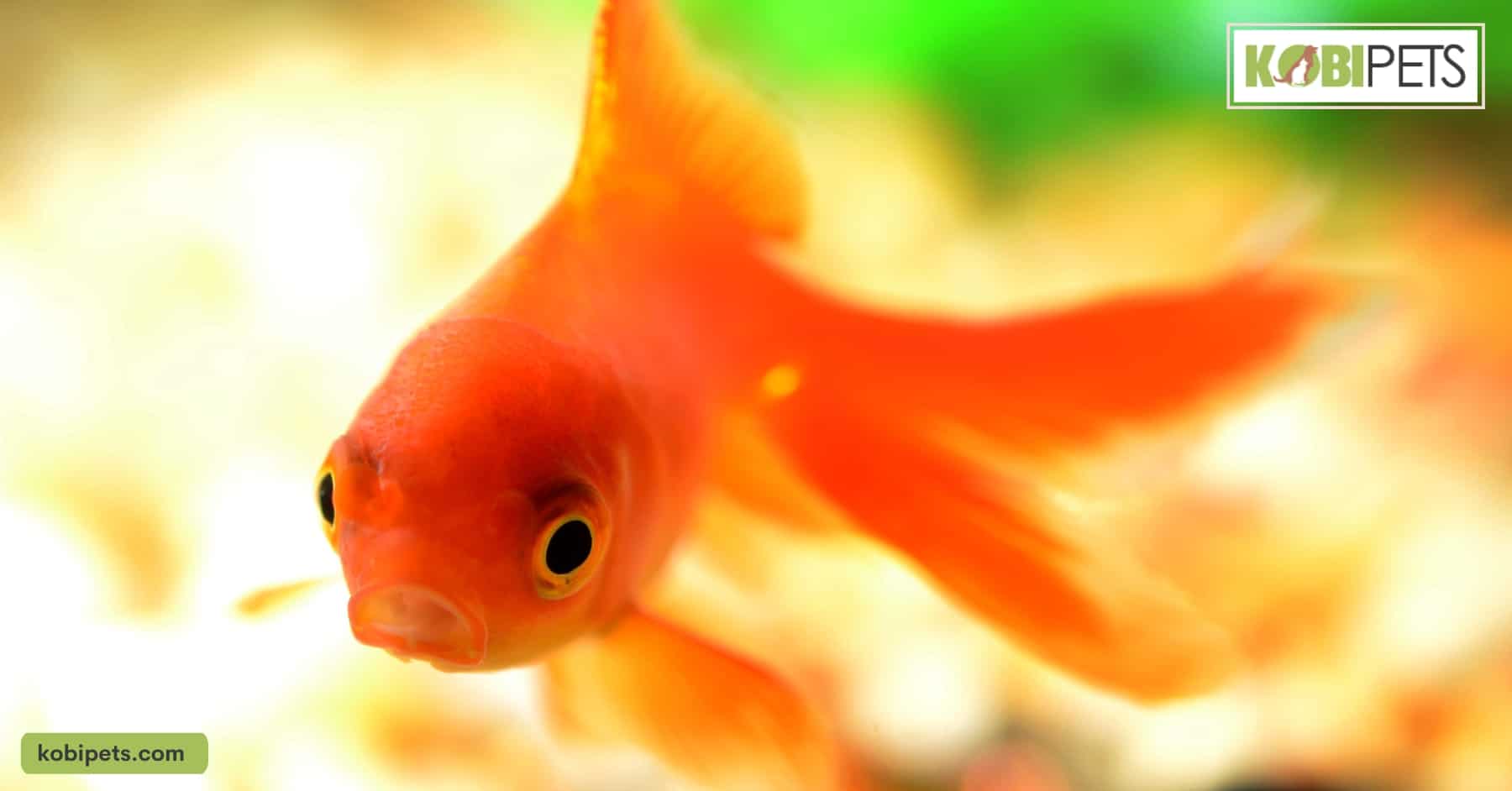
2. Weather Loach
Weather Loaches, widely popular coldwater aquarium fish, are native inhabitants of the warmer parts of China, Indonesia, and Vietnam. These eel-like bottom dwellers spend their time snuggled in crevices on aquarium rocks or the aquarium gravel.
Environment
They are very hardy and can live in a wide range of temperatures, but ideally, the water temperature should be between 60 and 72°F, and a pH range of 6.5 to 7.5. They are active fish, so they need a lot of swimming space, and a tank that is at least 30 gallons is recommended.
They also prefer a sandy or smooth gravel substrate and plenty of hiding spots, such as caves, rocks, and plants. They have a spotted brown hue that helps them blend into their environment and can reach up to five inches in length when fully grown.
Food
Weather loaches are natural scavengers and thrive on a diet of live foods such as bloodworms and shrimp; they also love flakes and freeze-dried food items. They particularly enjoy worms and insects.
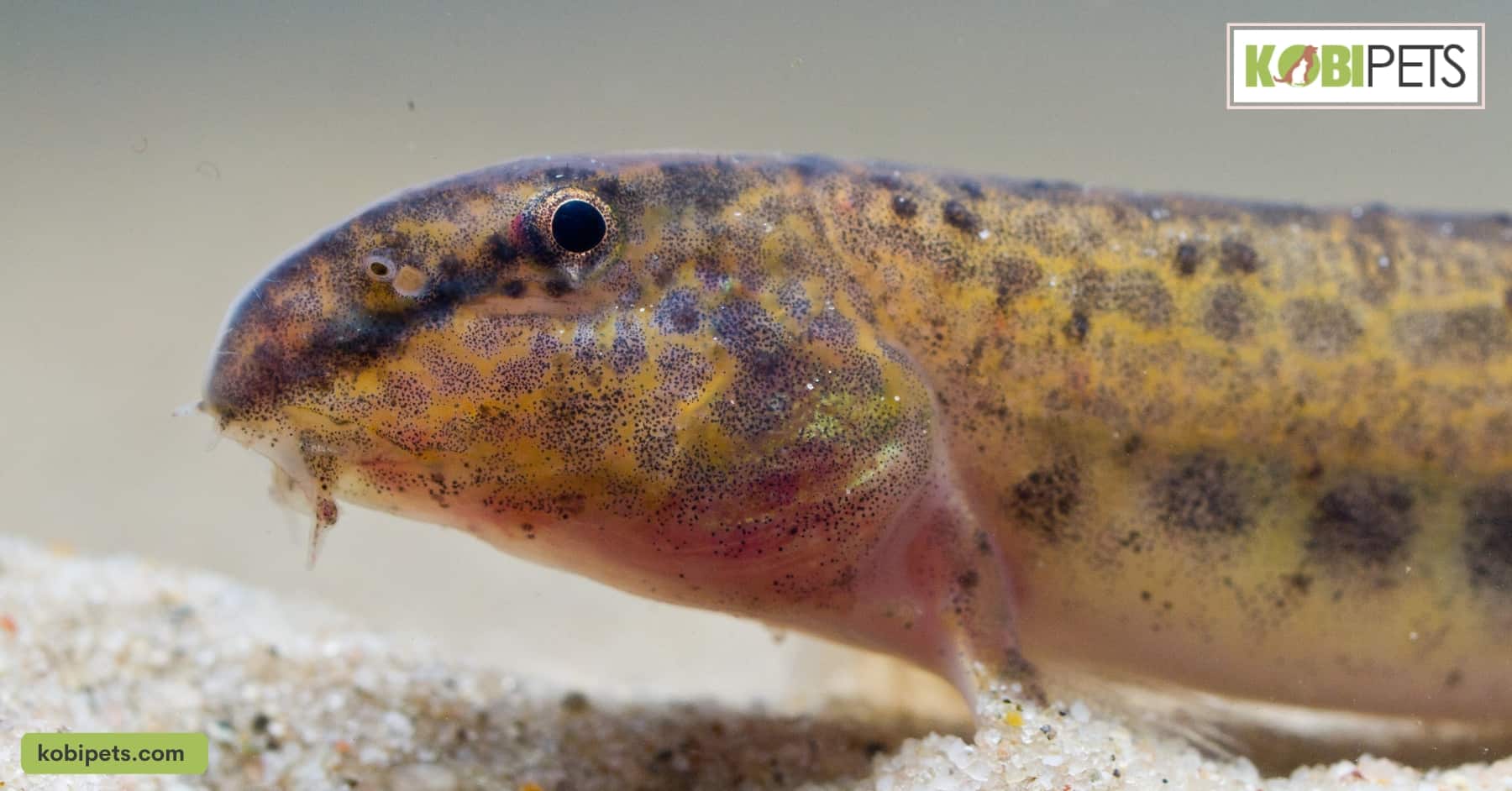
3. Lake Chub
For eager hobbyists, the Lake Chub is a fantastic coldwater fish species to consider for an aquarium. This small member of the Cyprinidae family can be identified by its flashes of bright colors including silver and green. With a lifespan of up to 6 years, their care is relatively straightforward which makes them perfect for beginners.
Environment
Water temperature is the main factor to keep in mind – ideally, around type at around 50 and 65°F, and a pH range of 6.5 to 7.5, and with plenty of live or artificial plants in the tank, they will thrive quite happily. They are also active fish and will appreciate a spacious tank with plenty of hiding spots, such as rocks and plants. A tank that is at least 20 gallons is recommended for a small group of Lake Chub.
Food
Lake Chub are omnivorous and will eat a wide variety of food, including flakes, pellets, frozen and live food. They particularly enjoy insects and worms. They are peaceful fish and can be kept with other species of coldwater fish, such as goldfish, danios, and minnows.
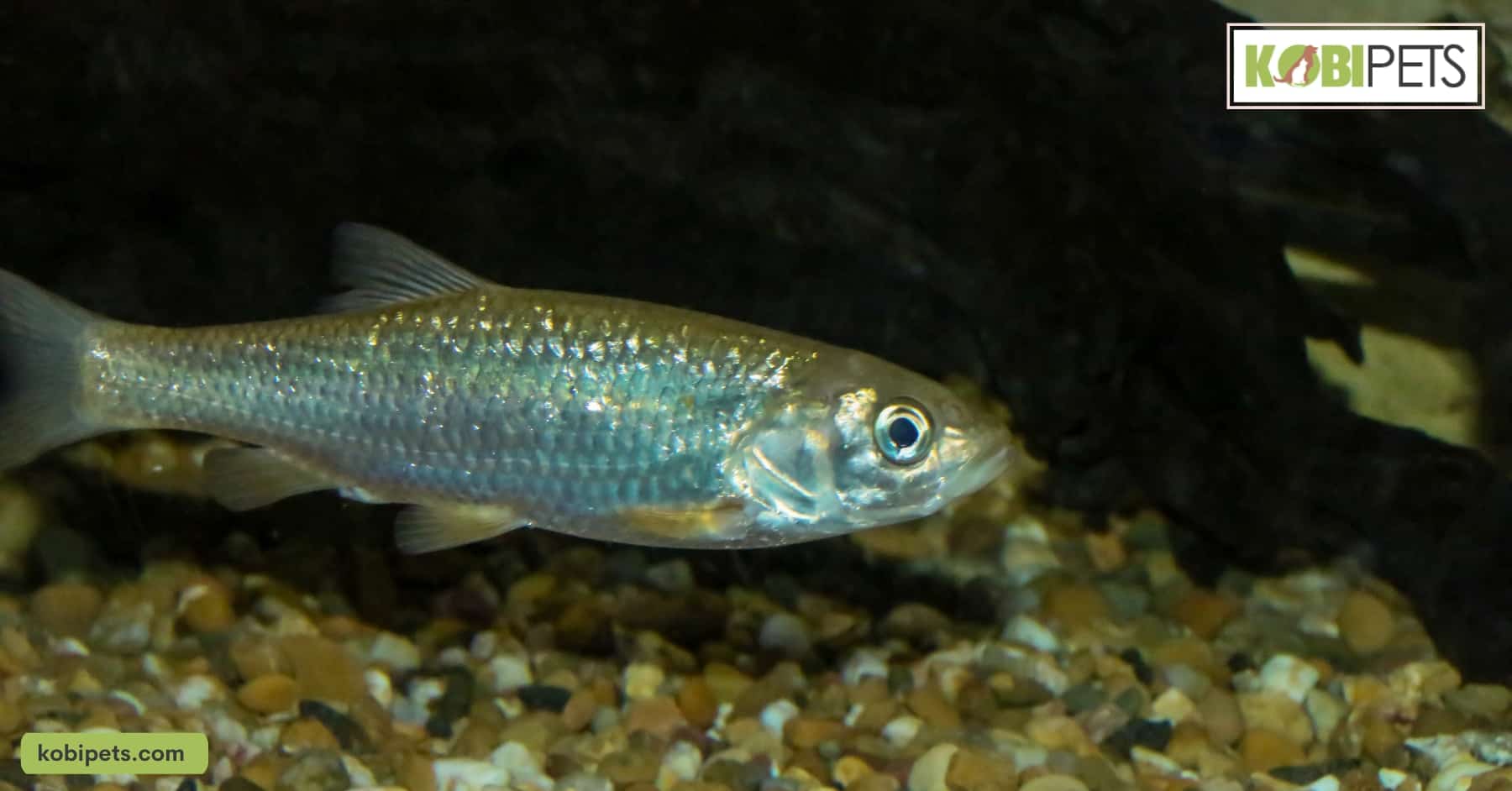
4. Stickleback
Stickleback fish are small, vibrant species of coldwater fish ideal for aquariums. Capable of surviving in a wide range of temperatures, they can thrive in both freshwater and brackish water environments. The most common type of stickleback is the three-spined variety.
These tiny schooling fish display an array of beautifully unique color patterns including deep blues and purples, yellow, white, and even gold.
Environment
They can tolerate a wide range of water conditions but prefer water temperatures between 50 and 65°F, and a pH range of 6.5 to 7.5. They are relatively hardy fish, but they do require a good filtration system and regular water changes to keep the water clean and clear.
They are also active fish and will appreciate a spacious tank with plenty of hiding spots, such as rocks and plants. A tank that is at least 20 gallons is recommended for a small group of sticklebacks.
Food
Both species of sticklebacks are carnivorous and will eat a wide variety of live food, such as small worms, insects, and crustaceans. They are also active predators and will chase and capture small moving objects, such as smaller fish and worms.
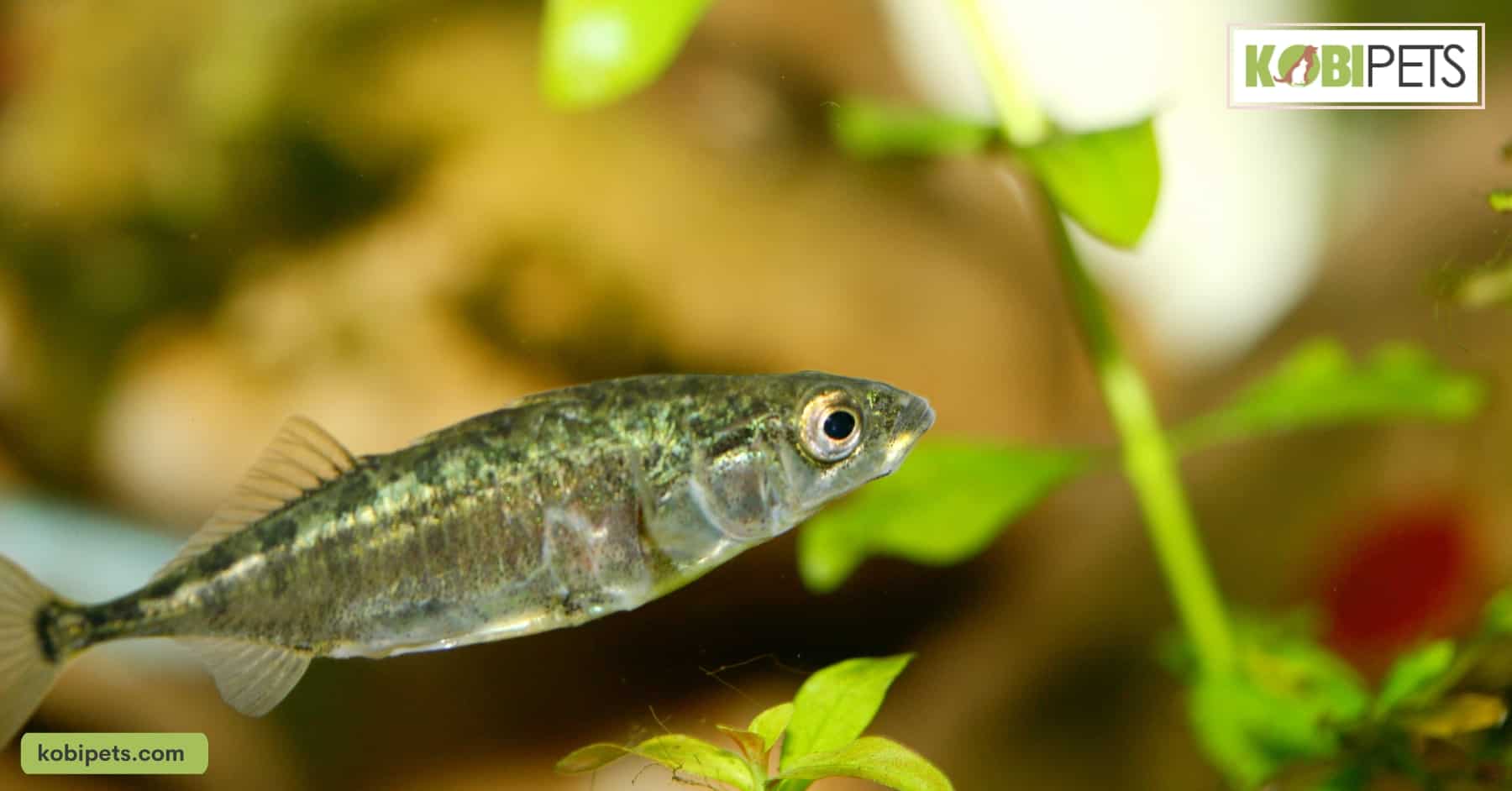
5. White Cloud Mountain Minnow
White Cloud Mountain Minnow is a species of freshwater fish that is native to the White Cloud Mountain in China. They are a hardy and active species that are great for coldwater aquariums.
They are small fish and can grow up to 1.5 inches in length, they have a silver-white coloration with a red or orange tail. They are also known as “poor man’s neon tetra” due to their bright color and small size.
Environment
This minnow originates from China and thrives in temperatures ranging from 62°-72°F, so it is well-suited for cold water tanks. Their body shapes can vary a great deal, with belly markings of either silver or yellow and a greenish-tan back that seems to shift colors depending on the light; regardless, they are beautiful and exciting species that many aquatic hobbyists love.
Food
In terms of diet, these omnivorous fish will eat both small invertebrates and algae wafers or flakes that you can find at most pet stores. White Cloud Mountain Minnows show off their vibrant colors while they wildly swim around their tanks, adding life and bright personality to any aquascape.
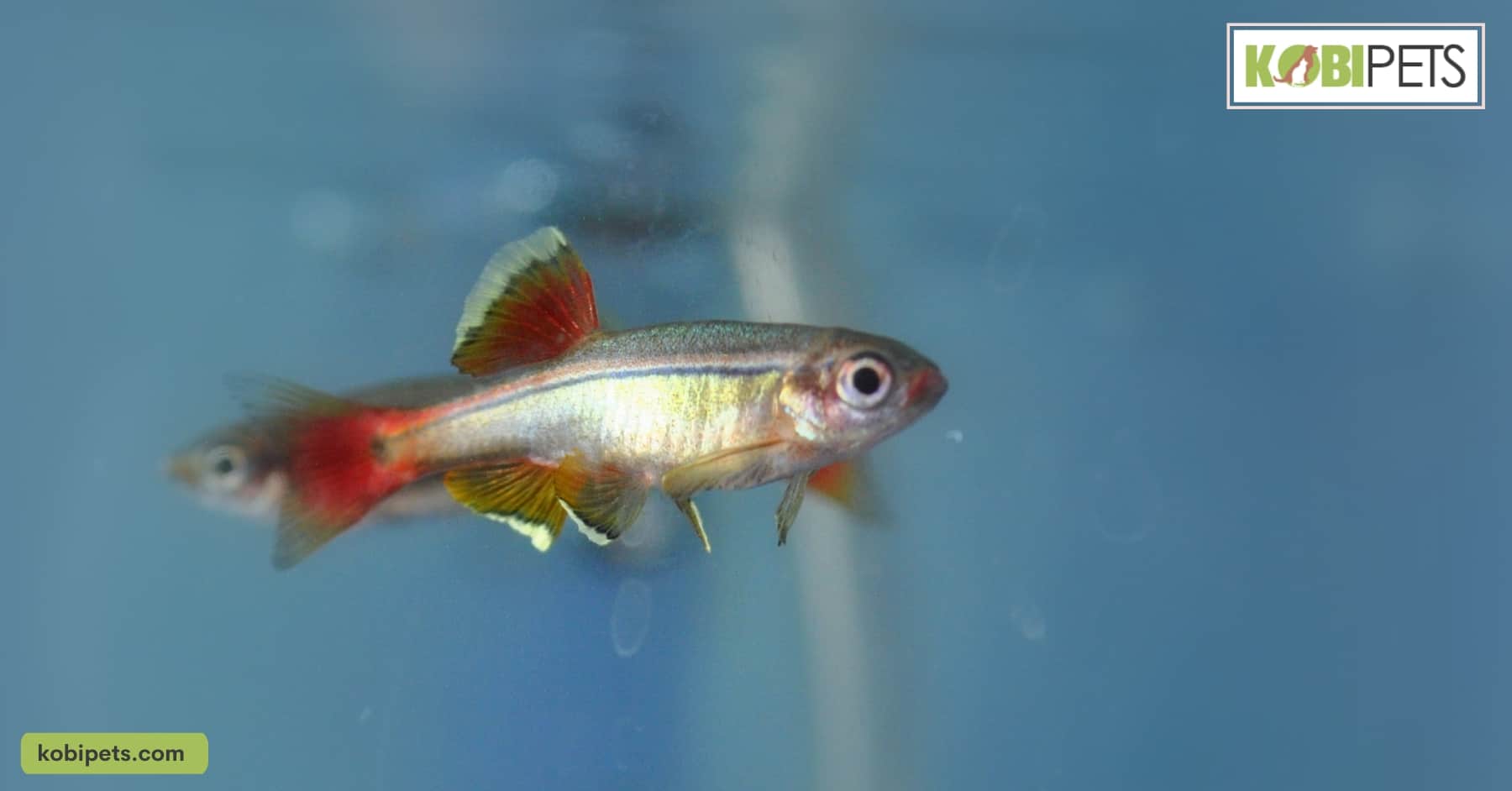
6. Rosy Red Minnow
Rosy Red Minnows are an excellent choice for coldwater fish species in aquariums. These tiny fish thrive in cool water environments and have a peaceful temperament, making them easy to care for and compatible with most other species.
They make a great addition to any aquarium due to their lively behavior and beautiful red coloring.
Environment
They are also active swimmers and enjoy exploring their surroundings, so a larger tank with a minimum of 20 gallons is recommended to give them ample space to swim and play. They also prefer water temperatures between 60-70°F and pH 6.5-7.5. A basic setup with a filter, heater, and proper lighting is enough to provide them with a comfortable habitat.
Food
In terms of diet, Rosy Red Minnows are not picky eaters and will accept a wide variety of food including flakes, pellets, brine shrimp, and daphnia. They are also known to be opportunistic feeders and will eat smaller fish in the tank if given the chance.
7. Crucian Carp
Crucian carp belong to the coldwater fish species and are an excellent choice for any beginner aquarium hobbyist. Due to their hardiness, they can survive in a variety of temperatures and water parameters, making them well-suited for home aquariums.
Environment
When it comes to tank requirements, Crucian carp are relatively large fish, reaching a maximum size of around 12 inches. They are peaceful and can be kept with a variety of other coldwater fish species. They are also active swimmers and enjoy exploring their surroundings, so a larger tank with a minimum of 30 gallons is recommended to give them ample space to swim and play.
They also prefer water temperatures between 60-70°F and pH 6.5-7.5. A basic setup with a filter, heater, and proper lighting is enough to provide them with a comfortable habitat.
Food
Crucian carp are omnivorous, making them a popular fish species for maintaining a balanced aquatic ecosystem. They feed mostly on plankton, insect larvae, and other organic materials. In addition to these food sources, larger Crucian carp also eat smaller fish, mollusks, crustaceans, and aquatic plants.
To thrive and maintain good health in any aquarium environment for this species of fish, a variety of foods such as grains, vegetables, fruits, and pellets should be included in their diet.
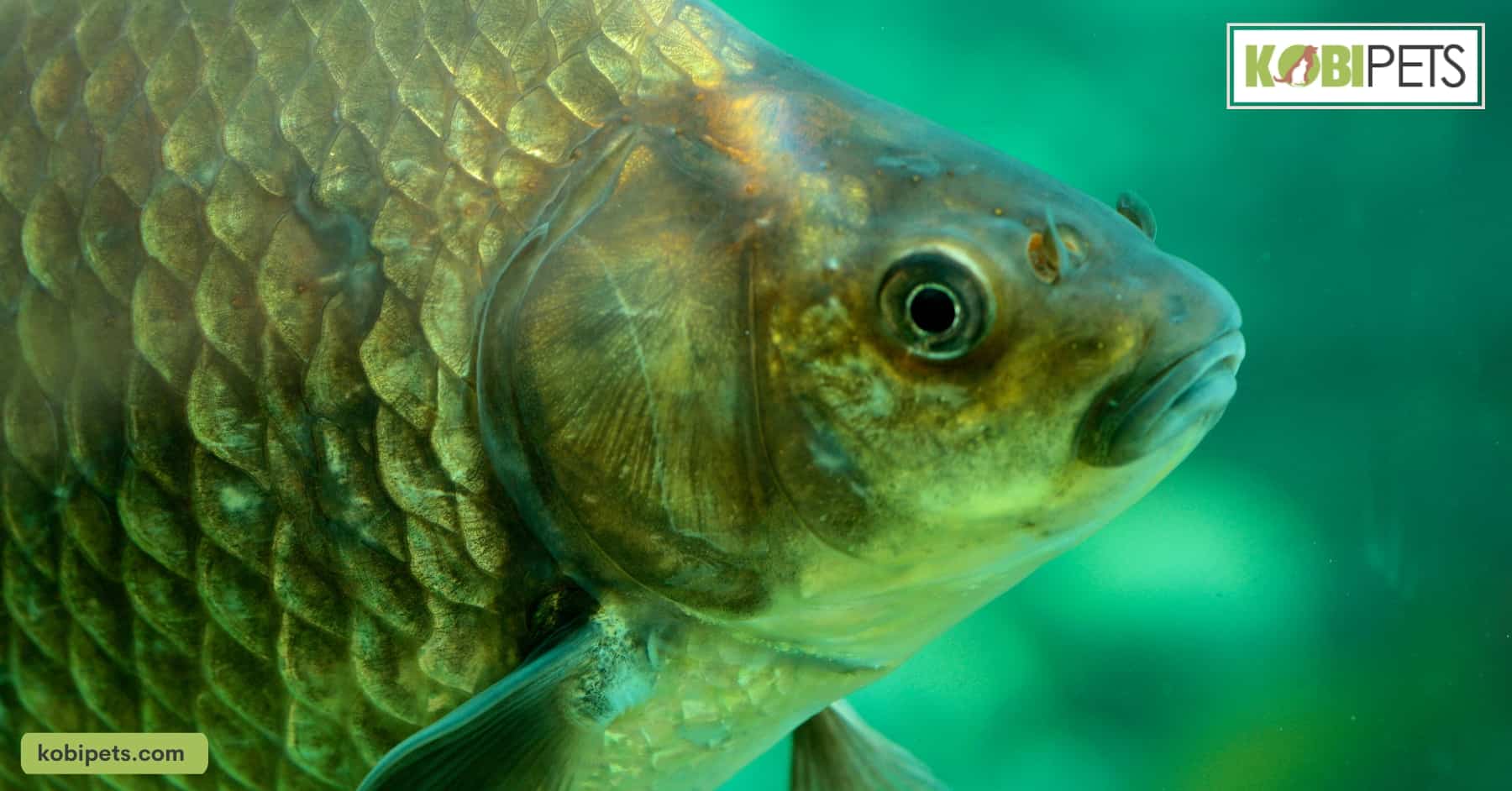
8. Orfe
Orfe, also known as the Golden Orfe, is a species of freshwater fish that belongs to the family Cyprinidae. They are known for their beautiful golden coloration and elongated body shape, making them a popular choice for coldwater aquariums.
They are also hardy fish that can tolerate a wide range of water conditions, making them an ideal choice for both beginners and experienced aquarists.
Environment
When it comes to tank requirements, Orfe is a relatively large fish, reaching a maximum size of around 18 inches. They are active fish and need plenty of swimming space, so a larger tank with a minimum of 50 gallons is recommended to give them ample space to swim and play. They also prefer water temperatures between 60-70°F and pH 6.5-7.5.
They are peaceful fish and can be kept with a variety of other coldwater fish species. A basic setup with a filter, heater, and proper lighting is enough to provide them with a comfortable habitat.
Food
In terms of diet, Orfe is not a picky eater and will accept a wide variety of food including flakes, pellets, brine shrimp, and daphnia. They are also known to be opportunistic feeders and will eat smaller fish in the tank if given the chance. It is important to provide them with a balanced diet and not overfeed them as they are prone to obesity.
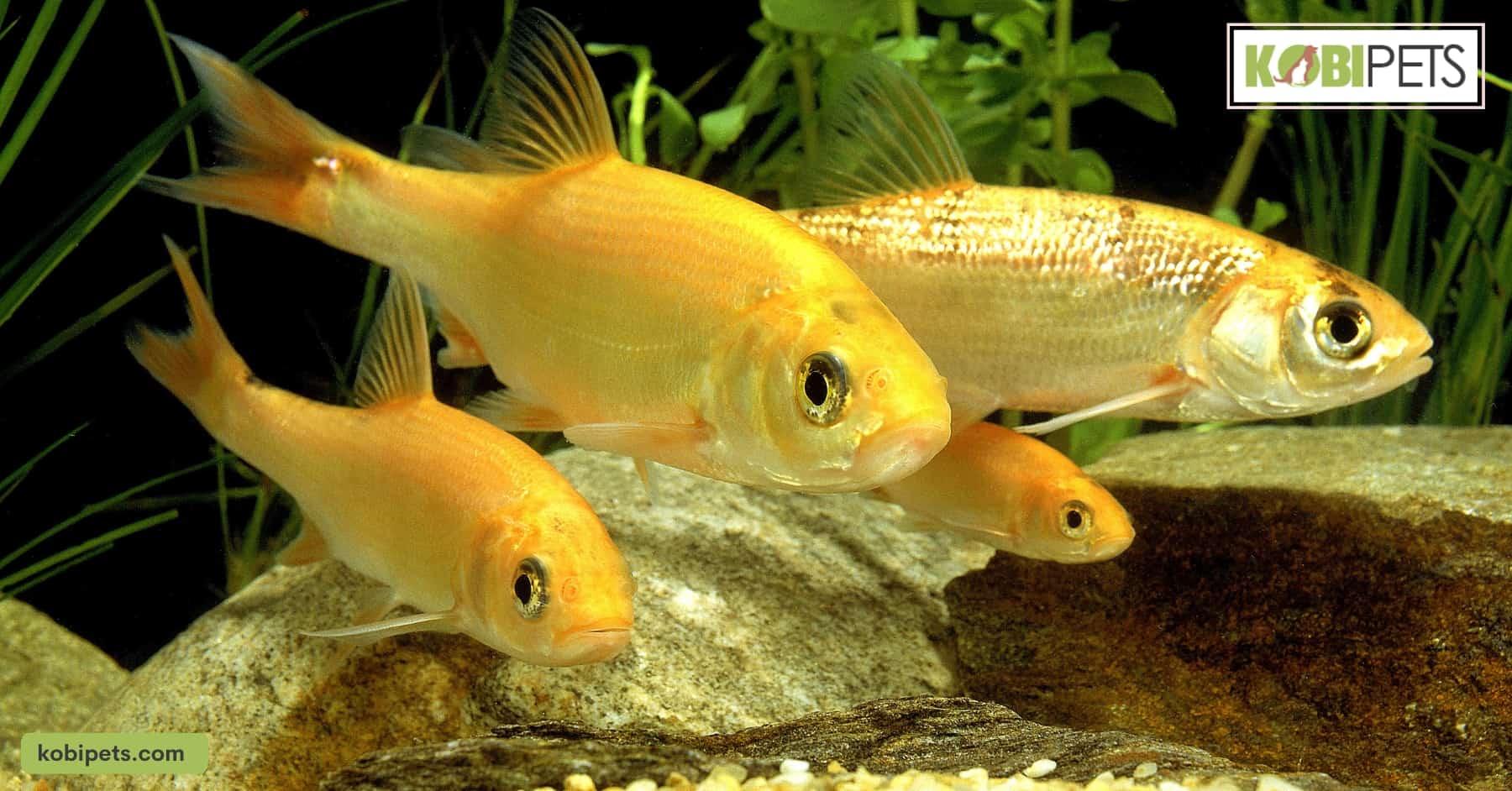
9. Tench
Tench is a species of freshwater fish that belongs to the family Cyprinidae. They are known for their green-brown coloration and large-scale patterns, making them a popular choice for coldwater aquariums.
They are also hardy fish that can tolerate a wide range of water conditions, making them an ideal choice for both beginners and experienced aquarists.
Environment
When it comes to tank requirements, Tench are relatively large fish, reaching a maximum size of around 20 inches. They are active fish and need plenty of swimming space, so a larger tank with a minimum of 60 gallons is recommended to give them ample space to swim and play.
They also prefer water temperatures between 60-70°F and pH 6.5-7.5. They are peaceful fish and can be kept with a variety of other coldwater fish species. A basic setup with a filter, heater, and proper lighting is enough to provide them with a comfortable habitat. They also like to have a substrate and hiding places in their tank.
Food
In terms of diet, Tench are not picky eaters and will accept a wide variety of food including flakes, pellets, brine shrimp, and daphnia. They are also known to be opportunistic feeders and will eat smaller fish in the tank if given the chance.
They also like to forage for food, and some aquarists will provide them with plants that they can graze on. It is important to provide them with a balanced diet and not overfeed them as they are prone to obesity. Feeding them twice a day in small amounts is more than enough. A varied diet of live and frozen foods will keep them healthy and active.
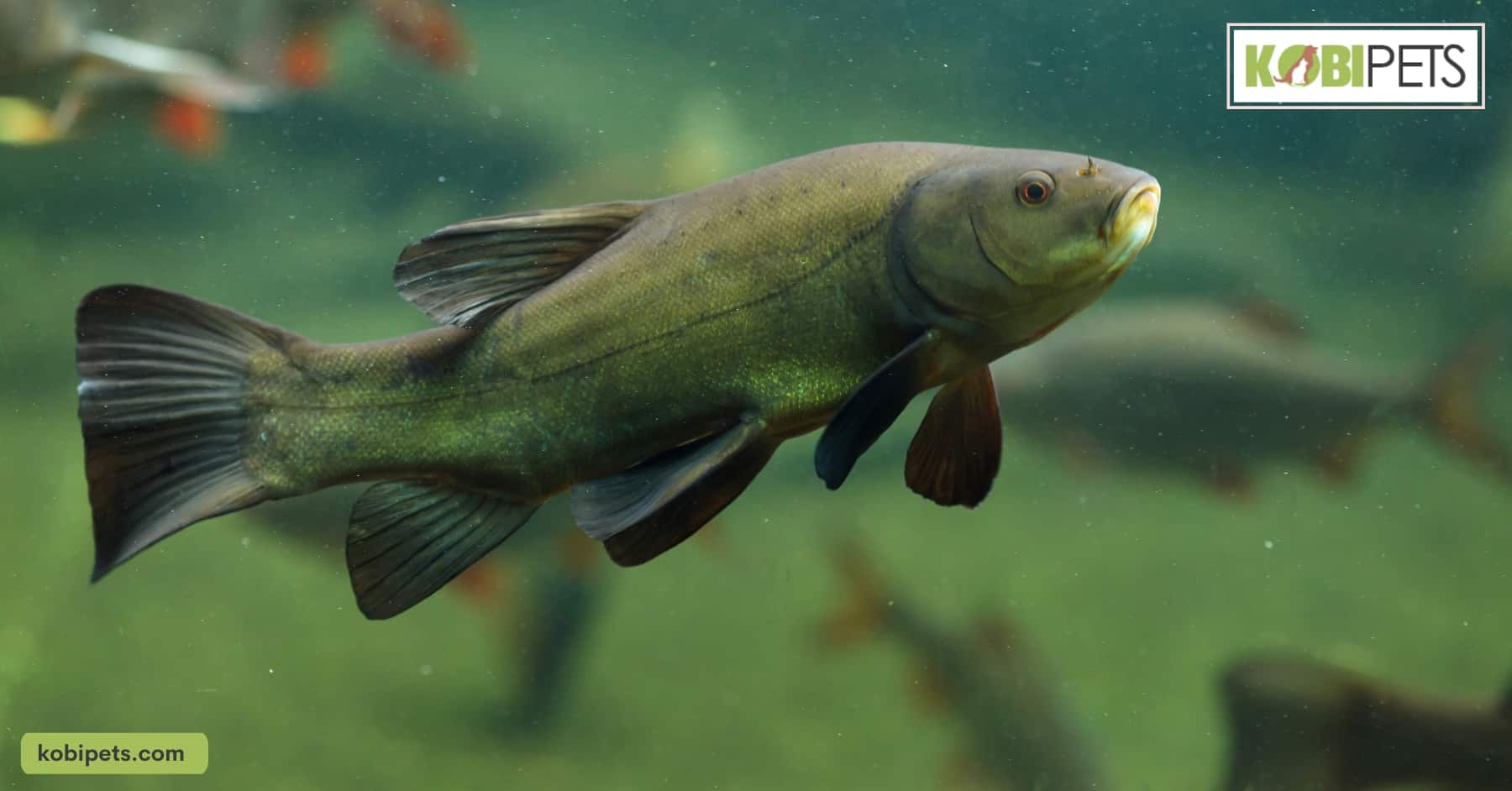
10. Barbel
Barbel is an interesting and active fish species that makes an excellent addition to a cold freshwater aquarium. They are known for their elongated body shape, and their distinctive barbels, which are sensory organs located near their mouths.
Environment
To keep these fish healthy, the aquarium should be at least 30 gallons, with plenty of spots for the Barbel to hide and feel safe. The best temperature range for this species is between 64-72°F, which can be easily achieved by purchasing a temperature regulator for your tank filter system.
Food
Barbel also requires plenty of food in order to maintain their plump shape, so make sure you purchase small frozen items like bloodworms, shrimp, or tubifex worms as part of their regular diet. Live food such as earthworms can also be added on occasion, giving them some variety in their meals.
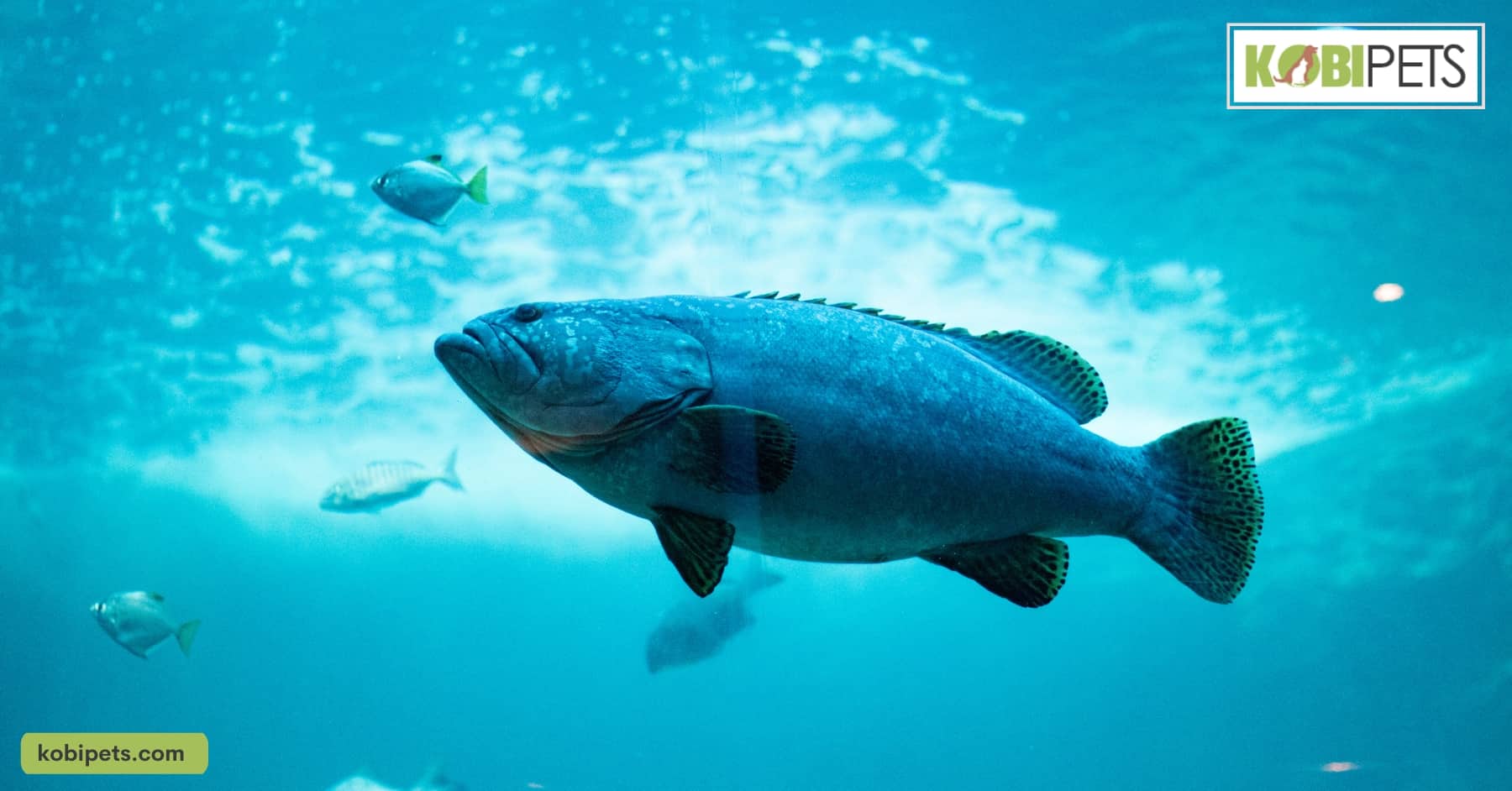
11. Stone Loach
The Stone Loach, also known as the Dojo Loach, is a species of freshwater fish that belongs to the family Cobitidae. They are known for their elongated body shape and their hardy nature, making them a popular choice for coldwater aquariums.
They are also known for their burrowing behavior and they are able to dig and move the substrate, which makes them interesting to watch.
Environment
When it comes to tank requirements, Stone Loach are relatively small fish, reaching a maximum size of around 8 inches. They are active fish and need plenty of swimming space, so a larger tank with a minimum of 30 gallons is recommended to give them ample space to swim and play.
The Stone Loach prefers water temperature between 60-70°F and pH 6.5-7.5. They are peaceful fish and can be kept with a variety of other coldwater fish species. A basic setup with a filter, heater, and proper lighting is enough to provide them with a comfortable habitat.
They also like to have a substrate and hiding places in their tank. They also appreciate well-oxygenated water and a good filtration system.
Food
In terms of diet, Stone Loach are not picky eaters and will accept a wide variety of food including flakes, pellets, brine shrimp, and daphnia. They also like to forage for food, and some aquarists will provide them with live or frozen bloodworms, worms, insects, and crustaceans.
It is important to provide them with a balanced diet and not overfeed them as they are prone to obesity. Feeding them twice a day in small amounts is more than enough. A varied diet of live and frozen foods will keep them healthy and active.
In Conclusion
Coldwater aquariums are a great choice for beginners and experienced aquarists alike. With the wide variety of fish species available, you can maintain a thriving and beautiful aquatic ecosystem that is full of life and energy.
From lively schooling fish to active predators such as Stone Loaches, there is something for everyone in the world of coldwater tanks. With the right environment and a balanced diet, these fish can provide years of entertainment and delight.
